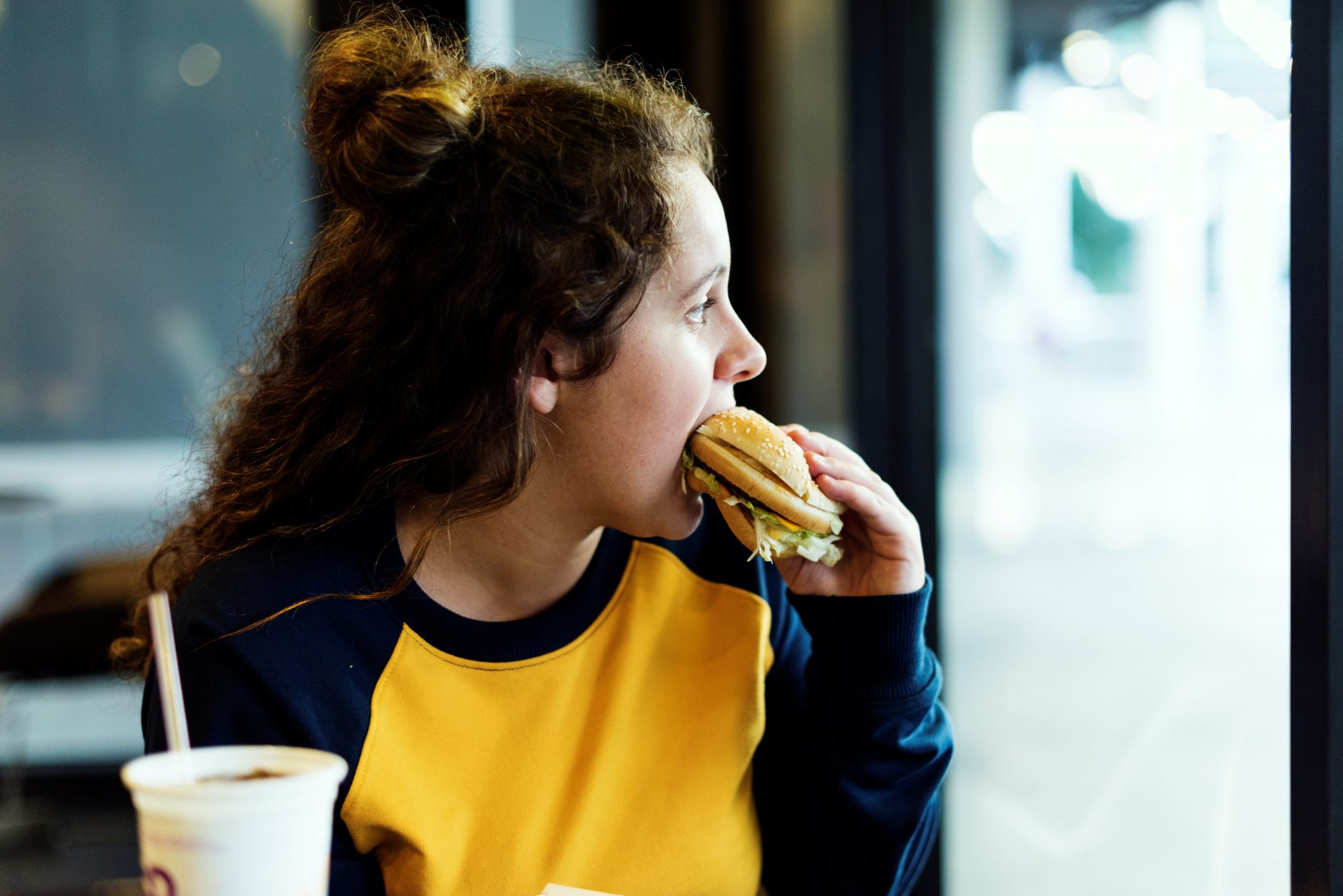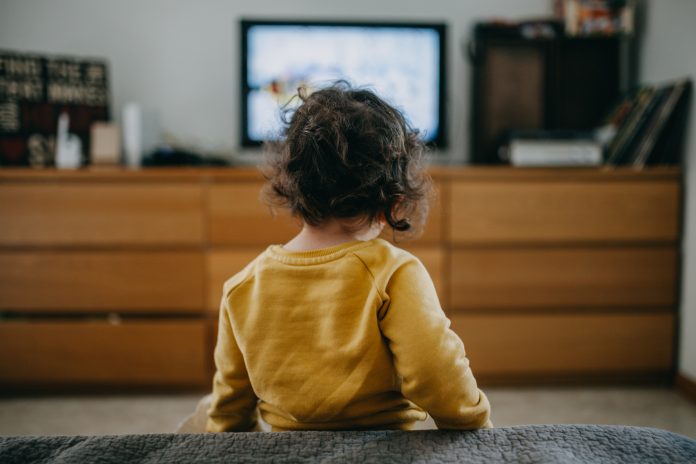Marketing restrictions in Chile helped to decrease children’s exposure to unhealthy food advertising on TV by 73%, and general advertising by 64%
Unhealthy food advertising is everywhere. From TV to billboards, unhealthy content is constantly being pushed with little regulation – even on children’s programmes.
To tackle this, Chile directed new policies which reined in unhealthy food advertising, which have since been succeeding in protecting children.
These marketing restrictions, beginning in 2016, have led to a 73% drop in children’s exposure to TV ads for regulated foods and drinks which exceed healthy levels of sugar, salt and unsaturated fat.
Food ads targeted to children are now prohibited on TV
Under the country’s new laws, child-directed creative content – such as cartoons, characters, toys or contests – which promote unhealthy products are now also prohibited.
Because of this strict regulation on programs attracting a child audience, TV saw 67% fewer unhealthy food ads using child-directed creative content.
In 2018, Chile extended this prohibition to a full “daytime” ban across all TV from 6 a.m. to 10 p.m.
This marked a decline in unhealthy food advertising during earlier phases of the law (in 2017 and early 2018), and a significantly greater drop following the full daytime ban later in 2019.
Overall, Unhealthy food advertising dropped by 64% on all TV programs and 77% during children’s programming.
The restrictions saw a 77% decrease in unhealthy food ads during children’s programming
There is a need for strict rules around marketing to build healthier eating habits
Chile enacted marketing controls in 2016 to reduce childhood obesity and other health risks by creating a healthier food environment.
The new Law of Food Labeling and Advertising also created warning labels on packages for unhealthy foods and banned their sale or promotion in schools.
As one of the most ambitious regulatory frameworks in the world aimed at tackling rising nutrition-related diseases and soaring healthcare costs, policymakers and public health advocates worldwide have witnessed the policy’s effectiveness.
However, the study’s findings note a weakness of nearly all governmental restrictions on TV advertising for unhealthy foods worldwide: Most focus on very narrow windows of time or programming, leaving children exposed most of the day and night to targeted ads for unhealthy foods and drinks.

Protecting children more effectively from ad exposure
Francesca Dillman Carpentier, PhD, the study’s first author, said: “Focusing on child-directed ad content and child-directed programming to reduce children’s exposure to unhealthy food advertising does work to an extent, based on what we’ve seen in Chile, but children are simply exposed to much more than this.
“To markedly reduce the amount of unhealthy food promotions children view, we see that it takes a bold move like Chile’s 6 a.m. to 10 p.m. ban to be effective. The number of unhealthy food ads on TV, as well as kids’ exposure to them, was greatly reduced after Chile added the daytime ban on these ads.”
Using Chile’s evidence on unhealthy food advertising for new policies
Other studies have analysed the effects of Chile’s marketing restrictions, warning labels, and school bans have yielded similarly promising results, also.
For instance, a study of household grocery purchases found a 24% drop in calories purchased in the first year (during the laxest period of the law’s three-phased nutritional criteria) and a 37% reduction in sodium purchased.
Other focus groups have also shown that parents are being encouraged by their children to avoid buying foods with warning labels. Findings show students reduced their sugar, saturated fat and sodium intake in schools.
Students reduced their sugar, saturated fat and sodium intake in schools
Additionally, marketing restrictions led to the removal of child-directed marketing strategies from nearly 50% of breakfast cereals to just 15% in the first year of the law.
Co-author and associate professor Lindsey Smith Taillie, PhD, said: “The Chilean experience has shown us that rigorous food marketing regulations work to reduce kids’ exposure to TV food advertising.
“Looking to the future, we need to figure out how to monitor and regulate the digital food marketing environment, as kids increasingly shift their attention to smartphones and other online content.”
Editor's Recommended Articles
-
Must Read >> Marketing unhealthy foods to kids
-
Must Read >> 1 in 8 Americans show signs of food addiction















